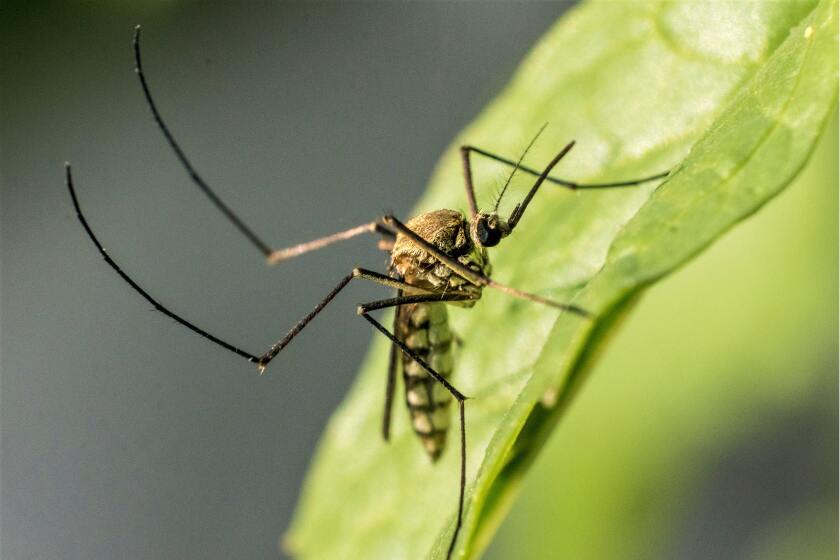Hubble Detects 2 More Pluto Moons
Pluto has three moons, not one, new images from the Hubble Space Telescope suggest.
Pluto, discovered as the ninth planet in 1930, was thought to be alone until its moon Charon was spotted in 1978. The new moons, more than twice as far away as Charon and only a fraction as bright, were spotted by Hubble in May.
Although the observations have to be confirmed, members of the team that discovered the satellites said Monday that they felt confident about their data.
“Pluto and Charon are not alone; they have two neighbors,” said Hal Weaver of the Johns Hopkins University Applied Physics Laboratory.
Follow-up observations by Hubble are planned in February. If the moons are confirmed, the International Astronomical Union will consider names for the objects.
Pluto is in the Kuiper Belt, a ring of icy bodies beyond Neptune. Weaver said Pluto would be the first Kuiper Belt object found to have multiple satellites. The newly found moons are estimated to be 30 to 100 miles across, he said.
Further observation of Pluto and the two new bodies will help astronomers more accurately determine the mass and density of Pluto and its large moon, Charon, said team member Alan Stern of the Southwest Research Institute in Boulder, Colo.
The jury is out on how additional moons will affect the ongoing debate over whether Pluto is actually a planet.
Although having a moon is not a criterion -- Mercury and Venus are moonless -- having more can’t hurt, Stern said.
“Just on a visceral level, the fact that Pluto has a whole suite of companions will make some people feel better,” Stern said.



